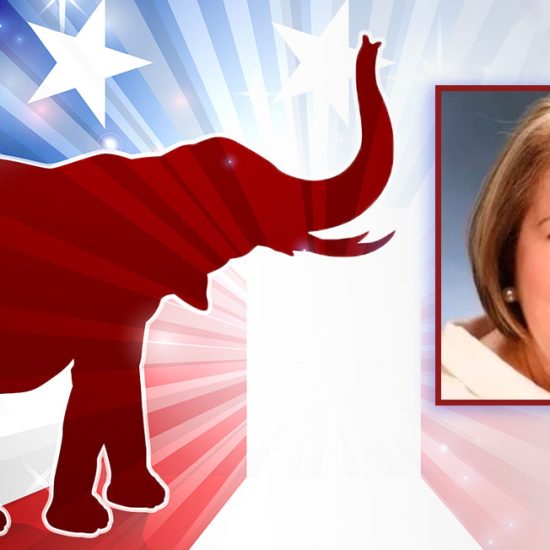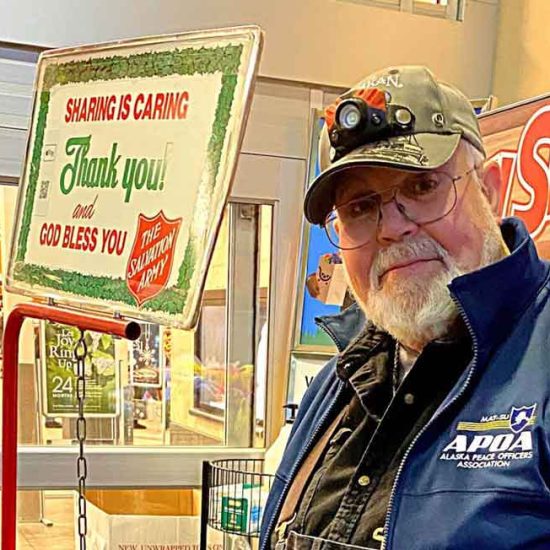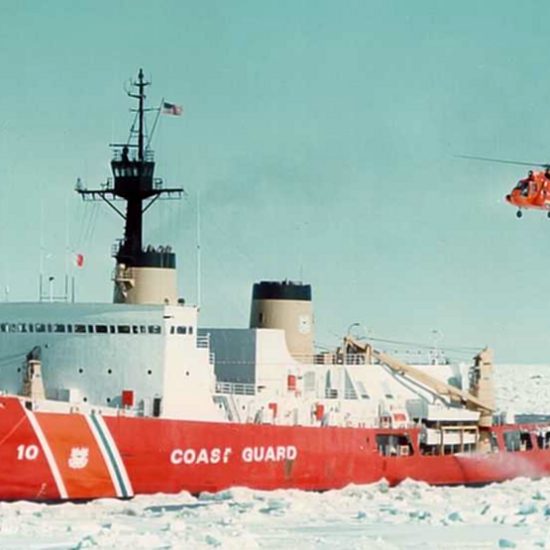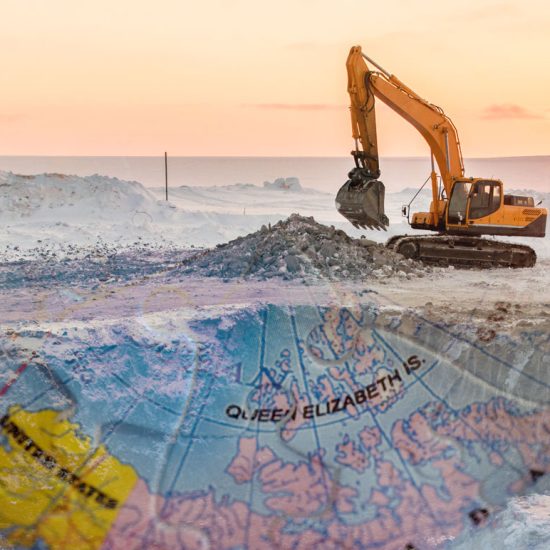The statewide rolling pander tour that is the Bill Walker reelection campaign took its show on the road to Kenai last Friday to listen to a roomful of commercial fishmen upset with the awful salmon runs and management on the Kenai this season. He and ADF&G Commissioner Sam Cotton took questions and listened to complaints for well over an hour. You can find the video here: https://www.youtube.com/watch?v=WTGfLpNYd4Q&feature=youtu.be
The group was the Kenai Peninsula Fishermen’s Association. The meeting was held in the offices of the Cook Inlet Aquaculture Association.
Walker and Cotton pointedly decided not to meet with any subsistence users, any personal use / dipnet users, or any sport fish users either in Kenai or in the MatSu. Those groups do exist, and they are active, though not appreciated by either ADF&G or the Governor’s office these days.
This was an angry meeting, with many demands made to Walker and Cotton. The first two comments were demands that the personal use / dipnet fishery be shut down. They were closely followed by demands to severely cut the escapement into the Kenai. Final demands were to allow the commercial fleet and set netters back into the water to chase coho, chum and pink salmon. Note that the coho and chum these guys want to target are all bound for the MatSu, Turnagain and Anchorage bowl streams. The more people who get to fill their freezers chasing silvers in Upper Cook Inlet streams, the fewer people will be traveling to the Kenai to chase reds.
These demands nicely illustrated Craig Medred’s Comm Fish myths. They include: #1 Science is the solution; #2 We were here first; #3 Our fish; #4 Too many fish; #5 Population growth. Medred did an extensive piece on these myths. The discussion in online comments is fascinating. https://craigmedred.news/2018/07/28/comm-fish-myths/
Among the more humorous claims made during the meeting was that dipnetters took over a million fish. This is laughable. The best dipnet year was 2011 when around 530,000 reds were caught. This enraged the commfish permit holders who pressured the Board of Fish (BoF) and ADF&G managers to never let that happen again. And they haven’t. Recent years are around 300,000 fish. This year will be below that number.
The other laughable claim was that the dipnet and sport fish people have politicized fisheries management. Note that these guys were the only ones that Bill Walker and Sam Cotton decided to meet with. Note also that it was Sam Cotton’s ADF&G that showed up at the BoF meeting last year with finely detailed presentations that made the “scientific” case that the proper response to the inability to make chinook (king) salmon escapement in the Kenai River was to DROP the escapement numbers.
Of the four primary gubernatorial candidates running this year, the only one who will even listen to the needs and consider the interests of the other three fishing user groups (subsistence, personal use, sport fish) is Mike Dunleavy. I have noted for years that if politicians would ever finally get on board with the other three user groups and organize them, they can put an end to this political warfare in Cook Inlet in short order. Think of George Armstrong Custer and the Sioux Nations and you will be close to the expected outcome.
Medred is of the opinion that commfish would be very happy if chinook returns to the Kenai disappeared completely as closures based on low chinook escapement numbers are one of the things they despise the most (outside dipnetters). I believe he is right.
Final thought about escapement is that the Kasilof has seen over escapement for over a decade, with Bristol Bay much longer than that. If over escapement is a problem, neither of those fisheries would be surviving. Both seem to be doing quite well these days.
Final piece of the puzzle is the billion pink salmon fry being dumped into Prince William Sound (PWS) yearly to fuel a commercial fishery worth perhaps $50 – 60 million / year. Those fish are out competing other salmon species for food in PWS and are starting to show up in Cook Inlet streams. Verification of this is the drop in availability of chinook and coho in PWS and the smaller sizes of returning fish of all species (except pinks). There are simply too many artificially released pink fry for the food chain resident in the ocean to support. Consider it a manmade environmental disaster. https://craigmedred.news/2018/07/17/wild-fish-lost/
So, what are we to make of all this?
Normally, when everyone is angry at a decision or management, this usually means whomever is doing the managing and making the decisions is doing a good job. Not so here in Cook Inlet. Rather, we have an industry – commercial fishermen – caught in a trap of their own making, being ground into economic oblivion by the worldwide marketplace dominated by international fish farming for salmon (over 70% of all salmon sold worldwide are farmed). They can’t complete with the worldwide fish farming industry with commercially caught Alaskan salmon any more. They are carrying huge debt. And there is increasing pressure by other user groups who outnumber them by 20:1 (dipnet) and at least 100:1 (sport fish), perhaps 200:1 (sport fish and tourista). Finally, their regulatory capture of the resource via political activism is no longer working.
Solutions? The following list is better noted as things to do. Not all will be successful. Not all need to be done to see some progress. The most important thing to me is to repeal the ban on fish farming here in Alaska, stop the dumping of hatchery pinks in PWS, and start managing the resource for all user groups.
- Rewrite 5 AAC 21.360 (a) Kenai River Late-Run Sockeye Salmon Management Plan to read: “The department shall manage the Kenai River late-run sockeye salmon stocks to ensure equal access to the resource by all user groups. This management must not in any way impact king or coho returns elsewhere in Cook Inlet”
- Increase Kenai River second run sockeye escapement to around 2.0 million fish / year. This assumes sport fish catches 500,000 reds / year.
- Manage personal use for 500,000 reds / year.
- Combine personal use (dipnet), subsistence and sport fish under the single heading of subsistence.
- Stop granting state loans for Cook Inlet and Prince William Sound commercial fisheries, processors and hatcheries. Start targeting those loans for creation of fish farming (onshore and / offshore) for Pacific salmon species.
- Move to shut down the dumping of pink salmon fry into PWS. Convert those operations into fish farming for pinks.
- Move Kodiak commercial fishermen closer to Kodiak rivers. They are intercepting salmon bound for Cook Inlet.
- Repeal the ban on fish farming for finfish.
- Repeal the limited entry program for commercial fishing.
- Start trading limited entry permits for fish farming permits along with land onshore or offshore tracts of water to operate those farms.
Salmon in Cook Inlet are a shared resource that should be equally available to all user groups.
I would start a strong and swift move toward fish farming (onshore and offshore) as a solution to both the PWS pink fry problem and the problem of too many limited entry permits working Cook Inlet.
If the Governor is so hell-bent to getting ChiCom investment money here in Alaska, I would get them to start investing in fish farming operations to feed the Chinese marketplace for salmon. I would start figuring out how to grow this particular pie rather than continue to participate in an increasingly bitter series of fist fights over equitable allocation of what is at best a static (today declining) resource.
If everyone equally shares in the pain, we all get along. If the resource is perceived as being managed for the commercial benefit of any single user group with the interests of other user groups discarded like so much dirty laundry, the fish wars here in Cook Inlet and elsewhere in the state will get increasingly ugly. There is a way out of this. Perhaps it should be considered.
Alex Gimarc lives in Anchorage since retiring from the military in 1997. His interests include science and technology, environment, energy, economics, military affairs, fishing and disabilities policies. His weekly column “Interesting Items” is a summary of news stories with substantive Alaska-themed topics. He is a small business owner and Information Technology professional.












